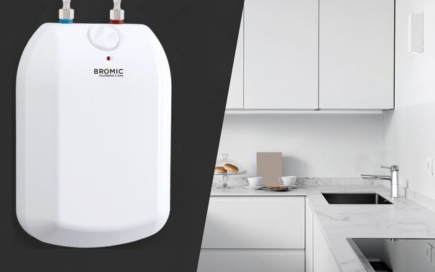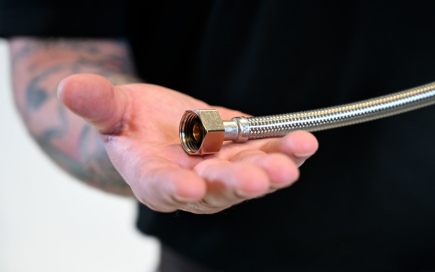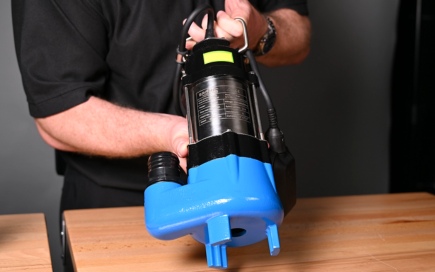Both ball valves and butterfly valves are valves that are used to control the flow of water or gas in a pipe system. Internally, butterfly valves consist of a thin disk and ball valves consist of a sphere-like disc that rotates as the handle is turned.
Whilst butterfly valves are usually recommended for use with larger pipe diameters, ball valves provide a tighter seal and are hence suitable for high-temperature and pressure services. Bromic supplies a wide range of ball valves with different thread connections and lever types for gas and water applications.
Please note: Butterfly valves should not be confused with butterfly handles (also known as T handles).




